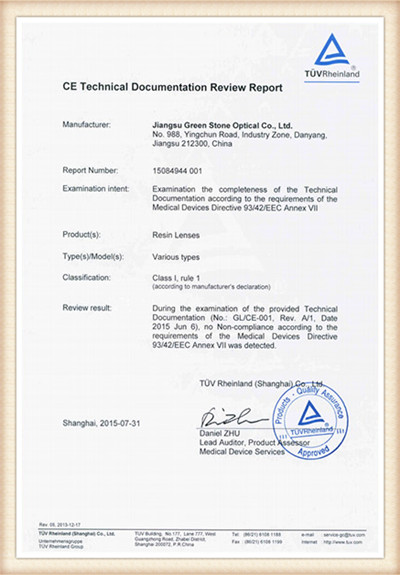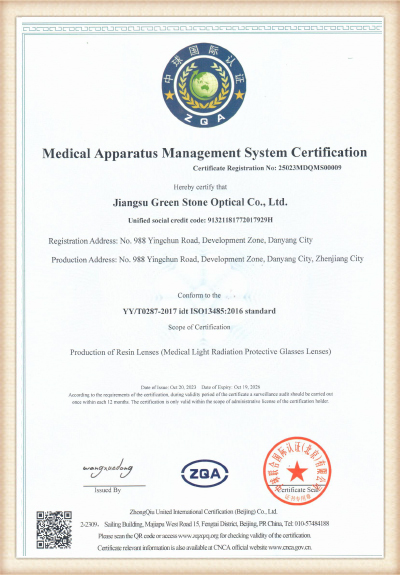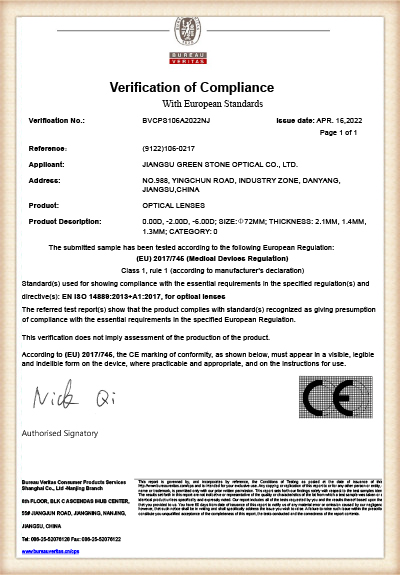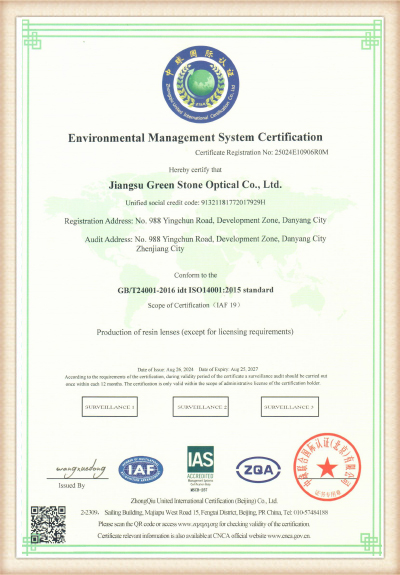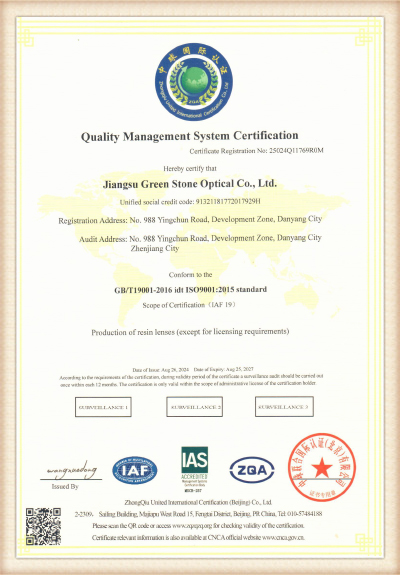Introduction to Core Concepts: The Purpose of Polarized and Photochromic Lenses Advanced lens technologies are designed to enhance visual comfort and protect the eyes from harmful light. Among the many high-quality options, Polarized Lenses and Photochromic Lenses are two of the most popular choices, yet they address d...
READ MORE
Product Series
Optotech Lens Design Manufacturers
-
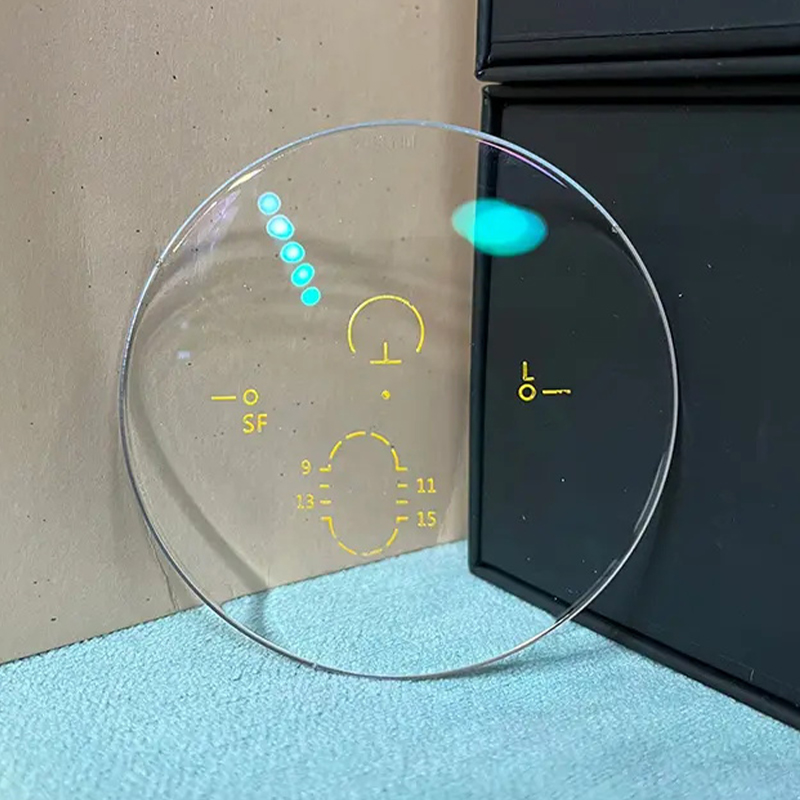

Opto Tech HD Progressive Lenses
The OptoTech HD progressive lens design concentrates the unwanted asti... -
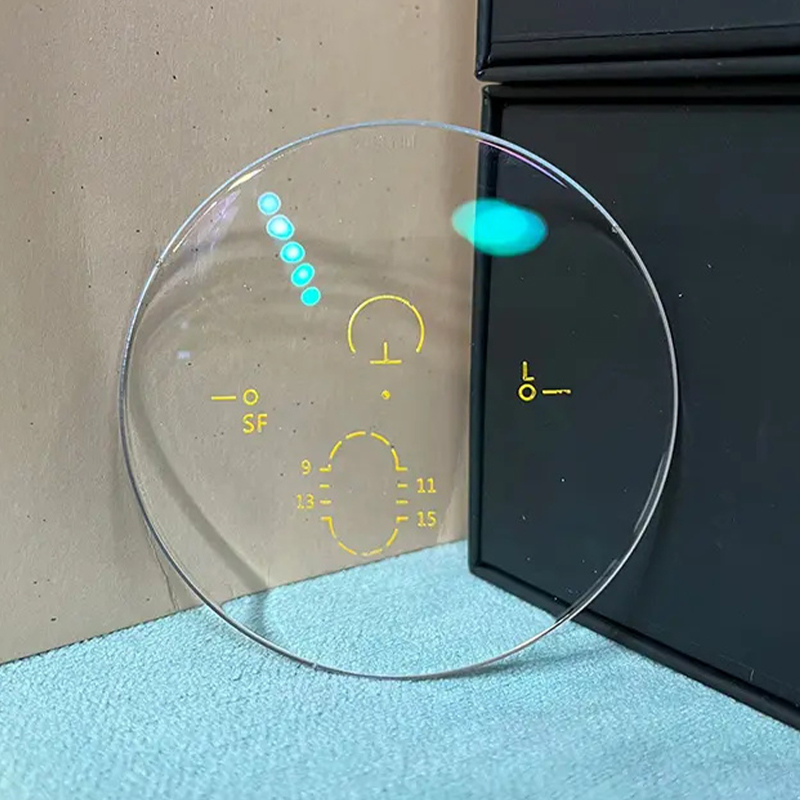

OptoTech SD Freeform Progressive Lenses
The OptoTech SD progressive lens design spreads the unwanted astigmati... -
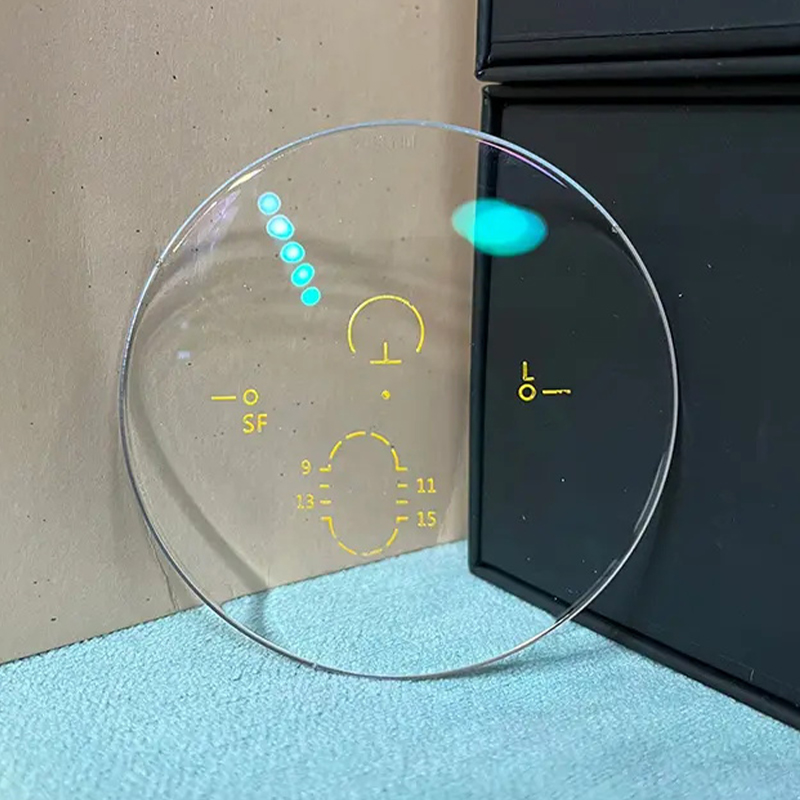

Opto Tech Mild ADD Progressive Lenses
Different eyeglasses accomplish different effects and no lens is best ... -


Opto Tech MD Progressive Lenses
Modern progressive lenses are seldom absolutely hard or absolutely, so... -


Opto Tech Extended IXL Progressive Lenses
A long day in the offce, later on some sports and checking the interne... -


Opto Tech Office 14 Progressive Lenses
In general, an office lens is an optimized reading lens with the abili...
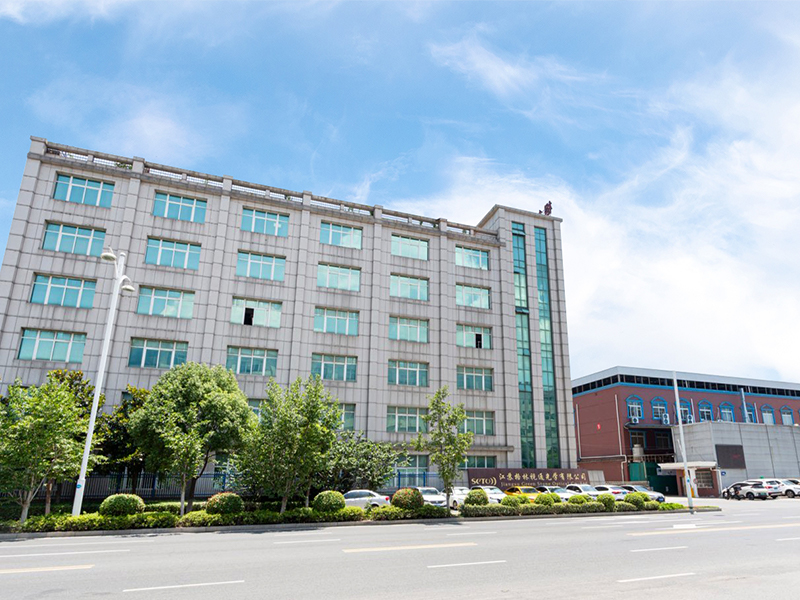
Our lens products involves almost all types of lenses. Product range covers 1.499, 1.56, 1.60, 1.67, 1.70 and 1.74 index, including single vision,bifocal, progressive, blue cut, Photochromic, blue cut photochromic, Infrared cut etc. with HC, HMC and SHMC treatment. Besides finished lens, We also manufactures semi-finished blanks. The products are registered with CE&FDA and our production certified by ISO9001& ISO14001 standards.
We positively introduce excellent management technology, comprehensively import Corporate Identity System and enhance the external image of company and brand.
-
-
Introducing Normal Lenses and Defocus Lenses In the fields of optics and image capture, the lens is a core component responsible for guiding and shaping light to form an image on a sensor or retina. While all lenses are based on the same laws of physics, their design goals and final effects can vary widely. This articl...
READ MORE -
Unveiling the Technology of Bifocal Lenses Introduction to Bifocal Lenses A bifocal lens is a powerful and time-tested solution in vision correction. Simply put, it is a corrective lens that contains two distinct optical powers within a single lens surface. This design addresses a common challenge faced by millions: ne...
READ MORE
What Are the Advantages of Freeform Surface Technology in Optotech Lens Design?
In the modern optical lens manufacturing field, users' demands for visual comfort and full-field clarity are continually increasing. Traditional lenses often exhibit distortion or blurring at the edges of the visual field, which not only affects wearing experience but may also lead to visual fatigue. Jiangsu Green Stone Optical Co., Ltd., as a professional optical lens manufacturer integrating R&D, production, and sales, is fully aware of this challenge. Leveraging Optotech lens design technology, the company combines freeform surface design with advanced computational algorithms to provide users with highly comfortable, personalized high-performance lenses, while effectively optimizing edge distortion and peripheral clarity.
1. Concept and Principle of Freeform Surface Technology
Traditional lenses primarily adopt spherical or aspherical designs, with relatively regular surface shapes, and design adjustments rely on limited optical parameters. Although mature, this approach has limitations in meeting complex visual needs, such as insufficient peripheral aberration control or unsmooth progressive lens transition zones. Freeform surface lenses break these traditional constraints, allowing the surface shape to be adjusted freely across multiple dimensions, achieving precise control at every optical point. Through highly complex computer optical algorithms, Optotech freeform lenses can be customized based on users’ refractive power, pupillary distance, facial features, and wearing habits, thereby maximizing visual comfort and clarity.
2. How Does Freeform Surface Technology Improve Progressive Lenses?
Progressive lens design requires extremely high optical precision. Traditional designs often encounter narrow corridor zones and noticeable peripheral distortion. Jiangsu Green Stone Optical Co., Ltd. utilizes Optotech freeform technology, applying dual-aspheric or multi-dimensional freeform designs to effectively optimize the progressive lens corridor curves, enabling a smoother visual transition from near to far distances. This not only enhances wearing comfort but also significantly reduces dizziness and visual fatigue, allowing users to enjoy clear and stable vision while reading, working, or driving.
3. How Does Freeform Surface Technology Benefit High Refractive Index Lenses?
With the increasing demand for modern lenses, high-refractive-index lenses (such as 1.67, 1.70, and 1.74) have become preferred for their thinness and aesthetics. However, high-index lenses in traditional designs tend to have increased chromatic dispersion and noticeable edge aberrations. Optotech freeform technology can precisely control the surface curvature and optical path, optimizing aberration distribution to ensure that high-index lenses remain thin while providing excellent visual clarity and color fidelity. Combined with HC, HMC, and SHMC coating technologies, the lenses achieve industry-leading performance in wear resistance, anti-reflection, and blue light protection.
4. How Does Optotech Design Optimize Edge Distortion and Peripheral Clarity?
Edge distortion mainly arises from non-ideal refraction paths of light at the lens periphery. If the lens surface design is simple or not fully optimized, light passing through the edges may shift, causing object shapes to appear distorted or blurred. This phenomenon is particularly pronounced in high-refractive-power lenses and large-frame glasses, especially in single vision, bifocal, and progressive lenses. Insufficient peripheral clarity can result in an unstable visual field during daily activities such as driving or sports, potentially causing dizziness and eye strain.
Jiangsu Green Stone Optical Co., Ltd. introduces the Optotech freeform design platform, leveraging high-precision computational algorithms to address edge distortion and peripheral clarity issues. These algorithms are based on ray tracing and wavefront analysis technologies, performing multi-dimensional optimization on the lens surface to ensure each light ray entering the eye achieves optimal path. Specifically, the algorithms optimize lens performance through:
- Multi-point aberration correction: Establishing dense sampling points in both central and peripheral regions, calculating aberrations at each optical point, and adjusting surface curvature to reduce distortion, ensuring smooth transition from center to edge.
- Peripheral clarity enhancement: Optimizing the weight of peripheral regions so that users maintain high-resolution imaging even when the eye rotates or gaze shifts, improving wide-angle visual experience.
- Personalized parameter matching: Dynamically adjusting edge curvature based on users’ pupillary distance, refractive power, wearing posture, and frame size to achieve truly customized edge optimization.
Through these optimizations, Optotech lenses maintain high-precision vision in the central area while significantly improving peripheral clarity and visual comfort.
5. What Advantages Do Different Lens Types Gain?
Single Vision Lenses: Edge distortion optimization ensures lenses remain thin and aesthetically pleasing even at high refractive powers while maintaining clear peripheral vision.
Bifocal Lenses: The algorithms optimize the transition between distance and near focus areas, minimizing edge blur and achieving smooth visual transitions.
Progressive Lenses: Progressive lenses are particularly sensitive to edge distortion. By combining freeform surface technology with computational algorithms, corridor and peripheral regions are comprehensively optimized, providing stable and comfortable vision for reading, office work, and outdoor activities.
Functional Lenses (Blue Cut, Infrared Protection, Photochromic, etc.): Optimization algorithms maintain control over edge aberrations even when multiple functional features are applied, ensuring both optical performance and additional functionality.
6. How Are Freeform Lenses Produced and Quality Ensured?
Jiangsu Green Stone Optical Co., Ltd. has a 65,000-square-meter modern production base with more than 350 professional employees, equipped with complete sets of advanced optical processing equipment and precision mold systems. Freeform lens designs and algorithm-optimized surfaces are precisely realized in production. Each lens undergoes rigorous quality inspection to ensure design data is perfectly reflected in the final product. Combined with HC, HMC, and SHMC multi-layer coating technology, the lenses exhibit excellent performance in wear resistance, anti-reflection, and blue light protection, enhancing the overall wearing experience.
How Does Optotech Lens Design Ensure Personalized Visual Experience?
Optotech lens design not only focuses on optical precision but also emphasizes personalization. By collecting detailed user data such as pupillary distance, wearing posture, facial anatomy, and lifestyle habits, Jiangsu Green Stone Optical Co., Ltd. leverages advanced computational modeling to create lenses tailored to individual needs. This approach ensures that both central and peripheral vision are optimized for comfort and clarity, providing a highly customized visual experience for every user.
1. Data-Driven Lens Personalization
Using sophisticated measurement tools, the company captures precise anatomical and visual parameters of each user. These data points feed into Optotech design software, allowing the algorithm to calculate the optimal freeform surface for each lens. By adjusting curvature and thickness at every point, the lens is optimized for both near and distance vision, reducing eye strain and enhancing overall clarity.
2. Integration of Lifestyle and Frame Factors
Jiangsu Green Stone Optical Co., Ltd. considers factors such as daily activities, reading habits, and preferred frame styles in the design process. This ensures lenses not only perform well optically but also fit comfortably and aesthetically with the chosen frames. The result is a lens that offers optimal visual performance while maintaining an appealing, lightweight design.
3. Continuous Optimization Through Simulation
The Optotech design platform uses advanced simulation techniques to test and refine lens performance under various conditions. Ray-tracing simulations predict light paths through the lens, while wavefront analysis evaluates aberrations at multiple angles. These simulations allow the company to fine-tune the lens surface before production, ensuring exceptional peripheral clarity and minimized distortion for real-world use.
4. Advantages Across All Lens Types
Personalized optimization benefits all lens types produced by Jiangsu Green Stone Optical Co., Ltd., including single vision, bifocal, progressive, blue cut, photochromic, and infrared cut lenses. Each lens is tailored to the user’s specifications, enhancing comfort and visual precision whether for everyday wear, professional use, or specialized applications.
5. Production Excellence
With a 65,000-square-meter production base and over 350 skilled employees, the company ensures that every algorithm-designed lens is precisely manufactured. State-of-the-art machinery and precision molds translate digital designs into physical lenses with micrometer accuracy. Combined with HC, HMC, and SHMC coating processes, these lenses deliver superior durability, scratch resistance, anti-reflective properties, and blue light protection.



 English
English Español
Español
